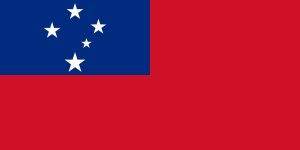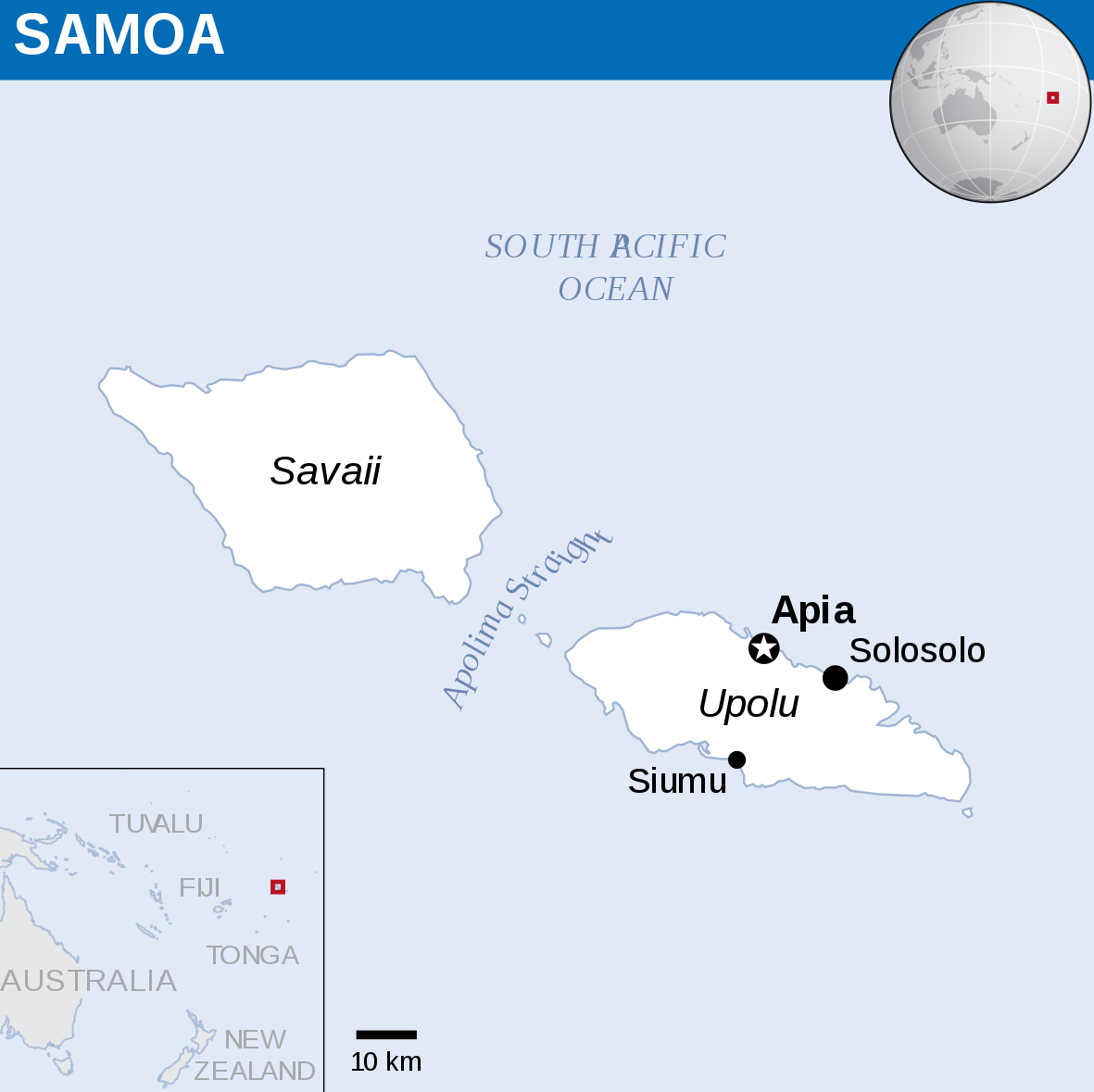
Samoa
International Disaster Response Law in the Pacific
Overview

Legal Preparedness for International Assistance Assessment
1. Does Samoa have a clear legal framework for disaster risk management which includes procedures relating to international disaster assistance?
2. Do Samoa’s laws and regulations clearly set out a focal point for coordinating international disaster assistance?
3. Do Samoa’s laws and regulations outline the roles and responsibilities of different institutions relating to international disaster assistance?
4. Do Samoa’s laws and regulations outline a process for requesting/terminating international assistance?
5. Do Samoa’s laws and regulations provide for necessary legal facilities to be provided to international assisting actors?
6. Do Samoa’s laws and regulations set out quality standards for international assisting actors?
7. Do Samoa’s laws and regulations set out eligibility requirements for international assisting actors to receive legal facilities?
8. Do Samoa’s laws and regulations establish a specialised unit for expediting the entry of international disaster assistance?
9. Do Samoa’s laws and regulations provide adequate transparency, safeguards and accountability mechanisms governing international disaster relief and initial recovery assistance?
10. Do Samoa’s laws and regulations outline procedures for international disaster assistance sent from and transiting through Samoa?
Laws, policies, plans and other resources
-
National Alert System SOP 2007
-
National Tropical Cyclone Plan 2006
-
National Tsunami Plan 2006
-
National Disaster Management Plan 2017–2020
-
Statement made at the global platform for DRR 2017
-
Statement made at the third UN World Conference on DRR 2015
-
Statement at Third International Conference on Small Island Developing States 2014
-
Samoa National Action Plan for Disaster Risk Management 2017–2021
![]()

